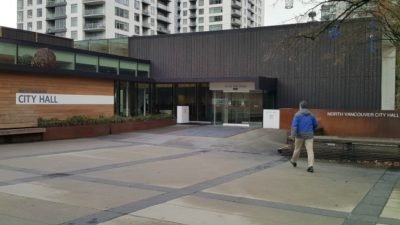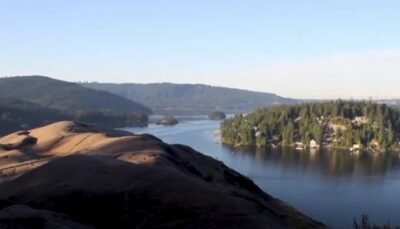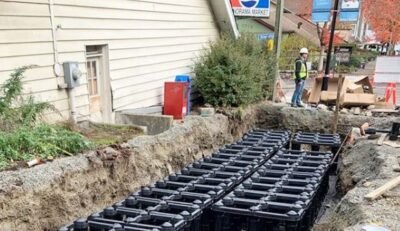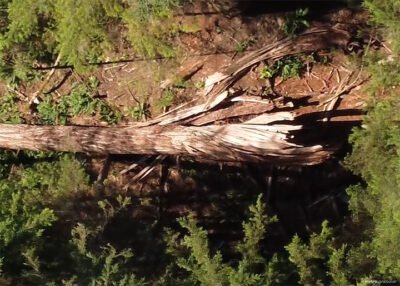The Port of Vancouver is working on a project to create habitat for juvenile salmon and other wildlife in Burrard Inlet.
The port authority will restore approximately five hectares of what is currently low-value marine habitat into higher-value intertidal mudflat, eelgrass and rock reef habitat in North Vancouver.
The marine restoration project site is located south of the Maplewood Flats Conservation Area within a deep water lot basin, which is up to nine metres deep and was dredged in the 1940s to support a gravel extraction business and later used as a log storage area.
The majority of the marine habitat area restored at the project site will be used to offset fish habitat expected to be affected by the Centerm Expansion Project currently under construction and being built to help meet anticipated near-term demand for containers shipped through the Port of Vancouver.
“The Maplewood Marine Restoration Project is a great opportunity for us to restore an ecologically important area of Burrard Inlet and provide long-term benefits for fish, birds and other wildlife,” said Charlotte Olson, manager, infrastructure habitat development at the Vancouver Fraser Port Authority.
The habitat restoration will create a subtidal rock reef, eelgrass beds, and an intertidal mudflat with the intention to support a variety of wildlife including juvenile salmon and Dungeness crab.
The location for the project was identified as a restoration priority for the Tsleil-Waututh Nation and was influenced by additional input from other Indigenous groups. Last fall, the port authority invited stakeholders and the public to learn more about, and provide feedback on, the project. All input was reviewed and considered as part of final project design, and the port authority continues to work closely with Indigenous groups and engage stakeholders and regulators.
The project is part of the Vancouver Fraser Port Authority’s Habitat Enhancement Program, an initiative through which the port authority creates, restores and enhances fish and wildlife habitat. The program, formalized through an agreement with Fisheries and Oceans Canada, is intended to directly offset effects to fish and fish habitat as a result of port development.







Comments
NOTE: The North Shore Daily Post welcomes your opinions and comments. We do not allow personal attacks, offensive language or unsubstantiated allegations. We reserve the right to edit comments for length, style, legality and taste and reproduce them in print, electronic or otherwise. For further information, please contact the editor or publisher, or see our Terms and Conditions.